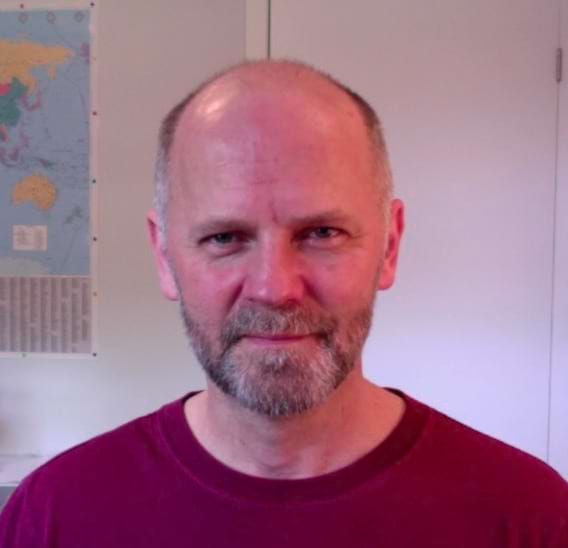Spring, 2024

Physicist James Polson wanted to tackle a computational project inspired by a collection of experiments done a few years ago by a research group at McGill University. He knew the project would be computationally demanding, but he had no idea that by the end of it, Matthew Kozma, his research student, would have set a Canadian record for compute-cycle use among undergraduate students. When you consider that most high-performance computing work is done by graduate students, postdocs and faculty, it’s noteworthy that an undergraduate — who only worked in the summer months — from a very small Atlantic Canadian university used an amount on par with Canada’s most compute-intensive researchers.
The use was immediately evident to ACENET. “Suddenly a single research group was using more compute resources than entire provinces,” says Greg Lukeman, ACENET CEO.
Polson’s project started with data from the Walter Reisner research group in the Physics Department at McGill University, which does experiments that examine the physical properties of DNA.
“It’s for the purpose of advancing a certain type of nanotechnology designed to manipulate and analyze DNA molecules,” explains Polson, a professor of physics at UPEI. “So they’ve devised this experiment to look at how DNA molecules behave when you squeeze them into very small and heterogeneous spaces.”
Polson had wanted to do a computer simulation project to complement their experiments. He knew what he wanted to do, but the computational methodology was new to him.
“It was on my to-do list for a number of years, but I was always reluctant to give it to an undergraduate student so I figured it would be something I'd have to do myself,” Polson says. That is, until Matt Kozma arrived at UPEI. “Getting the methodology implemented so that you can do these calculations is a really difficult thing. But Matt is very computer savvy, so I thought, ‘if there’s any undergraduate student who can tackle this project, it’s Matthew.’”
Kozma wrote the computer code from scratch, which “is not a trivial thing to do,” according to Polson. “And he was also able to implement the methodology.”
They set out the methodology and code over the course of the summer of 2021, and made sure the program they’d devised was well tested. Then, in the summer of 2022, Kozma really got going. Using all five of Canada's national supercomputers, his simulations totalled over 30 million CPU hours, setting the all-time Canadian record for usage by an undergraduate student, and more than doubling the previous record. In fact, during his five-month run, he was the third highest user (undergraduate or otherwise) in Canada. Kozma worked elsewhere in the summer of 2023, but when he returned to his studies this year, he and Polson finished up the last bits of work on the study and their paper will be published later this year.
Kozma presented the research at the Atlantic Universities Physics and Astronomy Conference two summers in a row, as well as at the Canadian Undergraduate Physics Conference.
“It's always great to have the opportunity to present the research, in addition to doing it,” Kozma says.
Ultimately, their research has applications “way downstream” in advancing nanotechnology for manipulating and analyzing DNA molecules.
“Our calculations should help contribute to the improvement in the design of nano-devices for biomolecule analysis,” Polson says. “And yes, far far downstream, this will perhaps lead to important benefits in the health sciences.”
In the meantime, the experimentalists at McGill have expressed considerable interest in the calculations carried out by Kozma and Polson.
Polson says he hopes this story will illuminate the fact that undergraduate researchers can contribute a lot when the right supervision is in place, and when they have access to the right resources.
